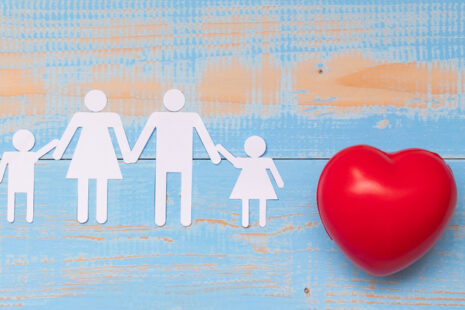The ADA defines a disability as “a physical or mental impairment that substantially limits one or more major life activities,” preventing the person from performing the basic activities of daily living (ADLs), getting around at home and outside, and participating in their community.
A person who has a history of such an impairing condition is considered a person with a disability. The most common disabilities in the aging population involve:
- Difficulties seeing or hearing
- Problems with mobility and getting around
- Cognitive difficulties caused by dementia
- Chronic diseases (hypertension, diabetes, arthritis, etc.)
According to a U.S. Census Bureau report, mobility is the most common disability among aging Americans.
The U.S. Census Bureau report for the period 2008-2012 stated that nearly 40 percent of people age 65 and older (15.7 million people) had at least one disabling condition. The majority (two-thirds) of those people reported having difficulty in walking or climbing.
The second reported disability involved difficulty with independent living such as shopping or visiting a doctor’s office; hearing impairment, cognitive difficulty, problems dressing or bathing, and serious difficulty seeing followed.







